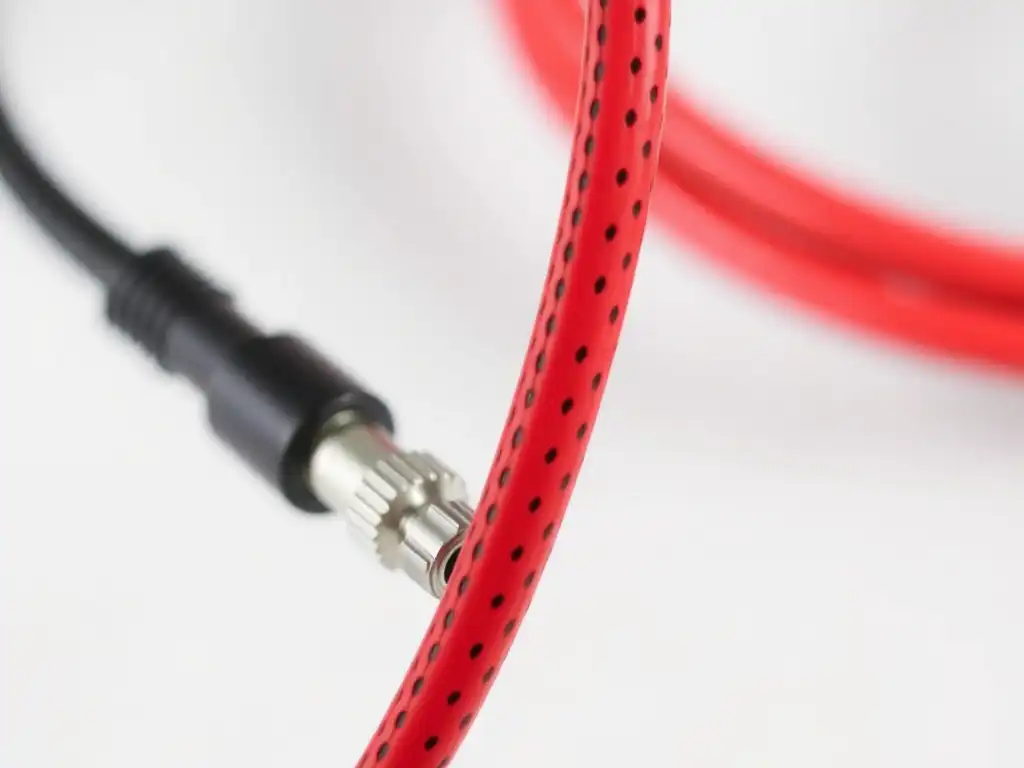When it comes to wires, people may assume that a wire is a wire, regardless of its purpose. However, this assumption could not be further from the truth. Although they primarily function as conductors, automotive and household wires fundamentally differ in design, materials, and purpose. Understanding these differences is essential to ensure their respective applications’ safety, reliability, and performance. As a professional automotive wire manufacturer, we aim to highlight the critical differences between these wires.
- Basic structural differences:
The most apparent difference between automotive and household wires is their construction and design. Automotive wires are typically more flexible and sturdy, able to withstand the harsh conditions of the vehicle environment, such as vibration, high temperatures, and exposure to chemicals. On the other hand, household wires are designed to be more robust because they are usually passed through walls or ceilings, where flexibility is not as important.
Automotive wires are typically made of finely stranded copper and are more flexible. The high strand count enables the wire to bend without breaking, which is critical in an automotive environment where wires must pass through tight spaces and around various components.
Household wires typically use thicker solid or stranded conductors that are less flexible but more durable in static environments. These wires are usually insulated with a thermoplastic jacket to prevent physical damage within the confines of a building.
2. Insulation and temperature resistance:
Due to the environments in which automotive and household wires are used, their insulation materials and temperature resistance are significantly different.
Automotive wires: Automotive wires are designed to withstand high temperatures and are usually insulated with materials such as PVC, cross-linked polyethylene(XLPE), or Teflon. These materials can withstand the heat generated by the engine and are resistant to oil, gasoline, and other chemicals.
Household wires:Household wires are usually insulated with PVC and rated for the typical temperature range of a residential or commercial building, generally between -20 °C and 60°C.This range is sufficient considering the stable and controlled environment within a building structure.

3. Voltage and current capacity:
The electrical specifications of automotive wires and household wires are very different.
Automotive wires are usually designed for low-voltage applications(usually 12V to 24V systems) and must handle high current loads. The automotive industry focuses on low-voltage systems, which means that automotive wires must carry a lot of current without the voltage dropping significantly or overheating.
Household electrical wiring operates at much higher voltages, typically 110V to 240V, depending on the country. Although the current demands of household wiring may be lower than those of automotive applications, the wiring must meet strict regulations to ensure safety in high-voltage residential or commercial electrical systems.
4. Regulatory standards:
Regulatory agencies oversee safety and performance standards for automotive and household electrical wiring.
Automotive wiring must meet standards set by organizations such as the Society of Automotive Engineers(SAE), the International Organization for Standardization(ISO), and the specifications of specific automotive manufacturers. These standards ensure that the wires perform reliably under automotive conditions.
Household electrical wiring adheres to standards such as the National Electrical Code(NEC)in the United States or the International Electrotechnical Commission(IEC)standards worldwide. These regulations ensure that the wires are safe for use in buildings, preventing fire, electric shock, and other hazards.
5. Environmental considerations:
Automotive and household electrical wiring also face different environmental challenges.
Automotive wiring must resist various environmental factors, including vibration, moisture, oil, and other automotive fluids. It must also be able to operate effectively in different temperatures.
While it needs to be durable and long-lasting, household wiring is often housed in walls, ceilings, or conduits to protect it from the many environmental variables that automotive wiring faces.
Understanding the differences between automotive and household wiring is critical to choosing the right type of wire for each application. Automotive wire is designed to prioritize flexibility, high-temperature resistance, and the ability to handle the harsh automotive environment. In contrast, household wire focuses on durability and meeting the standards of high-voltage residential and commercial settings.
As a professional automotive wire manufacturer, we are dedicated to producing high-quality wire that meets the rigorous requirements of the automotive industry. Our expertise ensures that our products provide superior performance and reliability to help power today’s and tomorrow’s vehicles. Whether dealing with challenges such as high temperatures, vibration, or chemical exposure,our automotive wires stand out as a testament to superior engineering and innovation.



